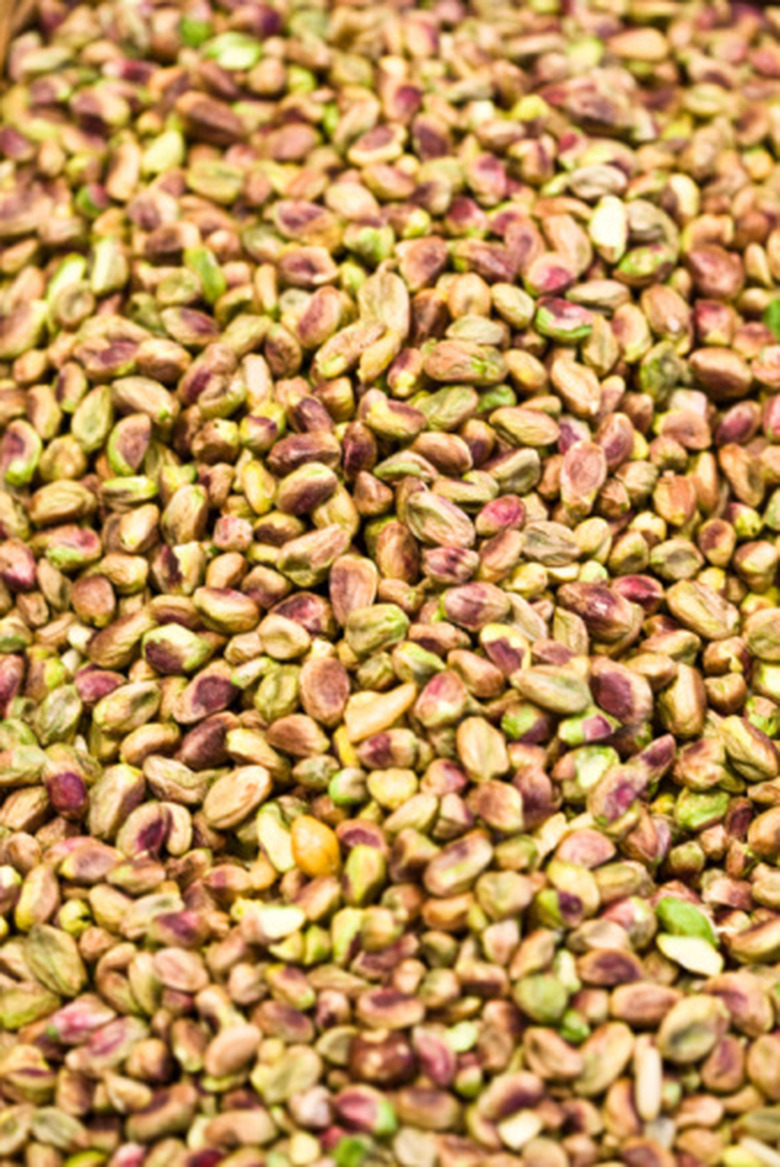What Is The Function Of The Cotyledon In The Seed?
Cotyledons, also called seed leaves, serve a very important function – or functions – in plant seeds. Packed with energy to sustain the plant embryo as it begins to grow, cotyledons are present in all seeds. Specific cotyledon function depends on the type of plant and the growth habit, but all plants need cotyledons to support the early stages of their growth.
Function of Cotyledons
Function of Cotyledons
Seeds are reproductive structures of plants that consist of many different parts. The seed coat covers and protects the interior of the seed, which contains the embryonic plant. Along with the plant embryo, the interior of the seed also includes the endosperm and the cotyledons (or cotyledon).
The endosperm inside the seed is the food supply for the plant embryo. According to Botanical-Online, sometimes the endosperm is included in the cotyledons and other times it is separate, depending on the type of plant. Cotyledons function as the primary leaves of plants, feeding plants until they grow true leaves and begin to photosynthesize.
According to the UC Botanical Garden at Berkeley, the size of the cotyledons and endosperm in a seed depends on whether these seed leaves are serving as a food supply. If the endosperm is acting as the food supply for the seed, the cotyledons will be small; if the cotyledons also contain large supplies of nutrients, the seed leaves will be large.
Difference Between Monocots and Dicots
Difference Between Monocots and Dicots
The first step in seed germination is the emergence of the radicle, which is the part of the plant embryo that becomes a root. After that comes the hypocotyl, which is the embryonic stem, and then the cotyledons – or cotyledon, if the plant is a monocot. This is a main difference between dicots, which are plants that have two cotyledons, and monocots, which have only one.
Some examples of dicots are beans, peas and peanuts. Monocots include grains and grasses like wheat, rice and corn. In both monocots and dicots, cotyledons support the initial growth of the plant embryo with the nutrients stored in their leaf-like structures. Once the food stored in the cotyledons is consumed, the leaves make food for the plant through the process of photosynthesis, notes the Exploratorium.
You can see the difference in cotyledons between monocots and dicots with a simple experiment at home. Soak a few different types of seeds in water for a day, and then break the soaked seeds apart to examine the structures inside the seed coat. Dicots like beans will split into two halves, while monocots like corn will not break into two distinct parts.
Epigeal and Hypogeal Germination
Epigeal and Hypogeal Germination
Seeds are incredibly diverse, and along with dividing them into monocots and dicots, the way that the cotyledons emerge from the seed is another way to classify two types of seeds.
Epigeal refers to when the cotyledons of a seed are raised above the soil surface during germination, while hypogeal is when cotyledons remain underground after the seed germinates. Check out pictures of these two types of germination from a book published by Oxford University Press.
Epigeal germination – when cotyledons emerge above the soil – can be seen in beans and onions. Peas and corn are examples of plants that keep their cotyledons under the soil after germination, which is hypogeal germination.
When the cotyledons of a plant never come above ground, the seed leaves serve only as a food source for the plant embryo. Since the cotyledons cannot collect sunlight while they are underground, the seed leaves of hypogeal germinators like peas do not turn green or support the further growth of the plant by making food through photosynthesis.
Cite This Article
MLA
Sloane, Christina. "What Is The Function Of The Cotyledon In The Seed?" sciencing.com, https://www.sciencing.com/what-is-the-function-of-the-cotyledon-in-the-seed-12516786/. 30 September 2021.
APA
Sloane, Christina. (2021, September 30). What Is The Function Of The Cotyledon In The Seed?. sciencing.com. Retrieved from https://www.sciencing.com/what-is-the-function-of-the-cotyledon-in-the-seed-12516786/
Chicago
Sloane, Christina. What Is The Function Of The Cotyledon In The Seed? last modified March 24, 2022. https://www.sciencing.com/what-is-the-function-of-the-cotyledon-in-the-seed-12516786/
